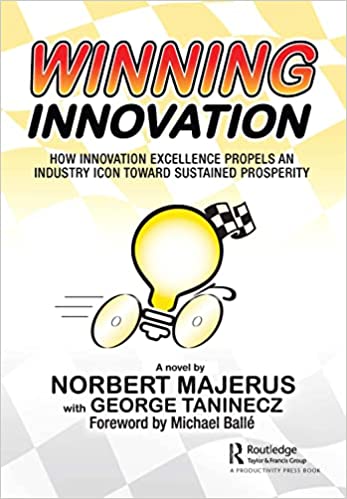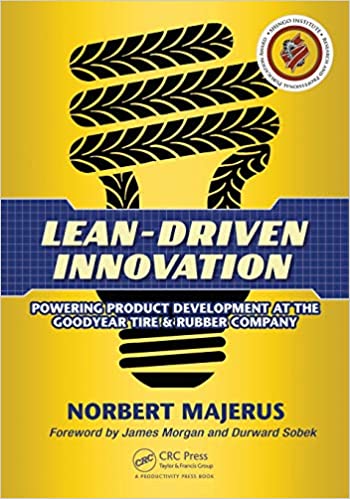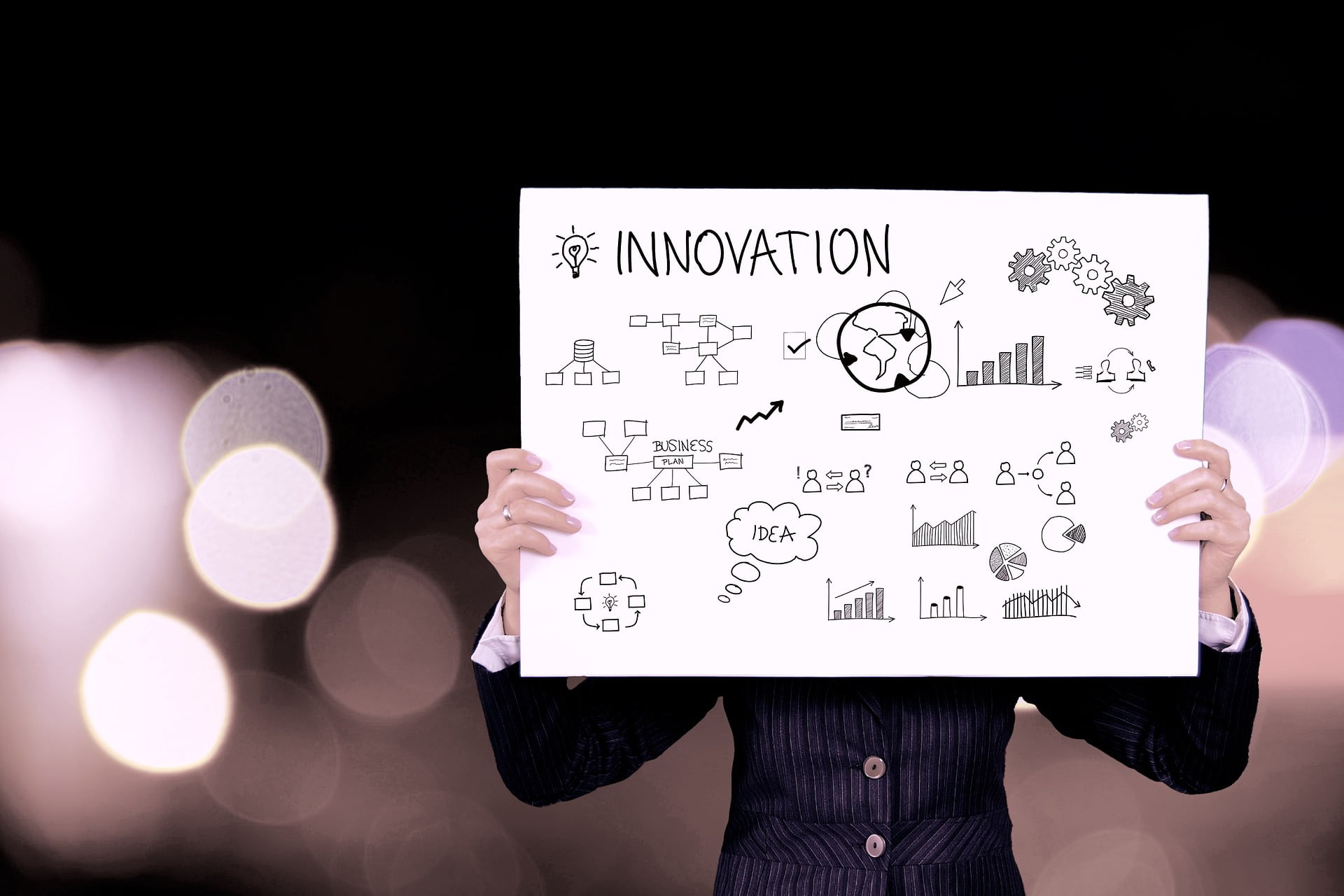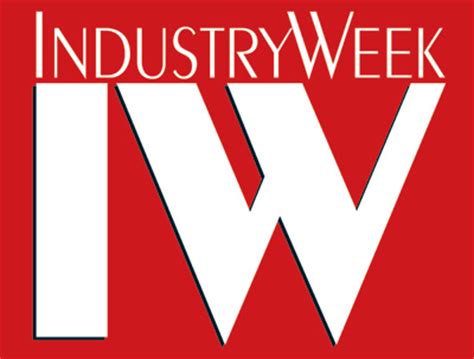Lean Innovation Culture
Most of us read about the recent leadership changes at Toyota. Many industry experts criticized Toyota’s lack of innovation and the gap with Tesla as the main reason for the succession. Despite Toyota’s status as an industry benchmark, we have to ask: Did “lean” impede innovation?
My answer is “NO”.
I had the opportunity to implement lean in three global Goodyear innovation centers, and I learned that there can be synergy between lean and innovation. I documented my learnings in two books: Lean-Driven Innovation and the more recent Winning Innovation.


I chose to write Winning Innovation, along with co-author George Taninecz, as a business novel in order to capture what truly drives innovation — culture. A textbook approach to culture, beliefs, and behaviors rings hollow without the underlying emotions and actions of real-life characters: an aging CEO who’s searching for new ideas to reenergize his company and keep the company that his father started thriving; a young innovator struggling to develop a product and find his place in business; a new R&D director looking to bring systems, teamwork, and transparency to product development; and many others who butt heads but eventually restore a company to its innovative ways.
Here is an extract from Winning Innovation during which Fausto Davanti Jr., the owner of an Italian bicycle company (Davanti Nella Gara), meets with his college friend Marcel Ricco. Fausto’s company makes the best bicycles that money can buy, but the business is struggling and Fausto is concerned about his upcoming retirement. The friend, Marcel, has had great success in reinvigorating businesses with “innovation excellence,” and he coaches Fausto as only a friend could:
Junior pulls his Toyota Camry up to Trattoria di Giorgio, parking behind Marcel’s Maserati Quattroporte. His difficult day has turned into a lovely spring evening. He wanders in and finds Marcel at a small table on the veranda, with a view of a vineyard covering nearby hills. Marcel is a successful business entrepreneur, who grew his startup food equipment business into a holding company that includes manufacturing plants and related service companies.
You couldn’t walk into a restaurant in Europe without bumping into some of Marcel’s equipment or his service providers. The company also specializes in marketing innovation for products and services — helping acquisitions with innovation is where Marcel made his mark. He is adept at buying small, competent-but-struggling companies and turning them into profitable entities in his own holding or selling them for a multiple of the purchase price a few years later.
“Fausto, over here,” waves Marcel. “I took the liberty of ordering you an Aperol. Am I correct?”
“Perfect,” replies Junior. “It’s good to see you again. It’s been too long. You seem to be doing well as always.”
“I am at that,” counters Marcel as a young waitress arrives with drinks and bruschetta, cheese, and prosciutto. “How are things with you? Did you get your innovation initiative underway?” Marcel had suggested the idea submission process to help his friend’s company with innovation.
Junior raises his glass and touches it to Marcel’s: “Cin cin. And I’d rather not get into that today.”
“Junior, it can’t be all that bad. Innovation is supposed to be fun. Something must have come from it by now. Remember the cost of innovation delay — the cost of not doing it. It can be the difference between retiring in Fumane or getting your villa in Sicily!” chides Marcel.
“Oh, I know, I know. Here we are making the Ferrari of bicycles; my dad should have raced cars and I’d be driving a Maserati by now and having my drink looking at Mount Etna… The innovation initiative is up and running and delivering some ideas, but my executive team critiques them into the ground. Our engineers walk away directionless and hopeless, at best. A few have quit.”
“Fausto, why would you ever have your executive team assess engineers’ ideas? This isn’t Shark Tank. That’s OK for a TV show, but in a company you don’t raise such difficult technical assessments to the level of the least technical competence. Feeding your staff technical details must be way above their heads.”
Junior’s eyes widen, surprised by what he’s done and how little sense it makes when he hears it said aloud: “Yes, why would I do that? Frankly, I don’t understand many of the technical details either.” He’s surprised how with a sentence or two, Marcel can rearrange his thinking.
Marcel helps Fausto realize that a history of making great bikes is not enough; lack of innovation is putting the company’s future and his father’s legacy in jeopardy, leading to stagnating sales, eroding prices, and little growth. Fausto recognizes that the bike his company makes today looks almost like the one his dad rode 50 years ago when he won the Tour de France, and competitors have caught up to Davanti’s technical achievements. Fausto grudgingly looks to Marcel for the secrets of innovation excellence and the principles for the company to reverse its declining course.
Most recent attempts to spur innovation at the Davanti have failed, and innovation is not the only thing lacking: new products miss their release dates and sales targets; R&D processes are slow and fraught with waste; and project decisions are made and prioritized through power struggles. Values and culture are based on aristocratic leadership, fear, and a function/silo focus, which leads to frustration and a disengaged workforce.
Marcel inspires and mentors Fausto, helping him to envision and set the right goals, engage all associates in a transformation, and build a lean culture of innovation from the workforce up. The associates develop a process and standards for innovation (yes, it can be done) that covers creativity to mass design and includes a knowledge management system, a plan for creative problem-solving, product portfolio management, an R&D kanban system, and quality by design. As engineers and staff in all corporate functions get involved (some reluctantly at first), the culture changes to one based on mutual respect and humility, and encourages collaboration, prudent risk-taking, and the motivation and means for every associate to be an innovator.
The new innovation creation processes lead to a steady flow of new products (even new services and non-bike products) and sustained revenue. The new culture leads to creativity, joy and concern for each other. As Fausto learns how to become a humble, caring lean leader, the associates learn how to help each other and apply the same passion and winning attitude to their daily work that they witness in the Davanti pro racing team. Fausto succeeds in increasing the value of his company — allowing for his happy retirement and securing the livelihoods of all associates and the company’s place in Italy and the community for years to come.
Winning Innovation captures the struggles, frustrations, and emotions that the Davanti associates go through in the change process — as only a business novel can describe. And it illustrates a detailed path toward innovation success and the business rewards that come with it. Every company in every industry — manufacturing, healthcare, finance — and even Toyota can learn the principles and the change process presented in the book and set their own path of increased growth and prosperity based on innovation excellence, which will help them create a sustainable lean culture of innovation.
About the Author
For more than a decade Norbert Majerus was the lean champion at The Goodyear Tire & Rubber Company. After retiring in 2018, Norbert continues to share his extensive lean expertise via Norbert Majerus Consulting.
In 2016, Norbert published his first book, Lean-Driven Innovation, which received the Shingo Research Award. Norbert published his second book, Winning Innovation in 2022.







